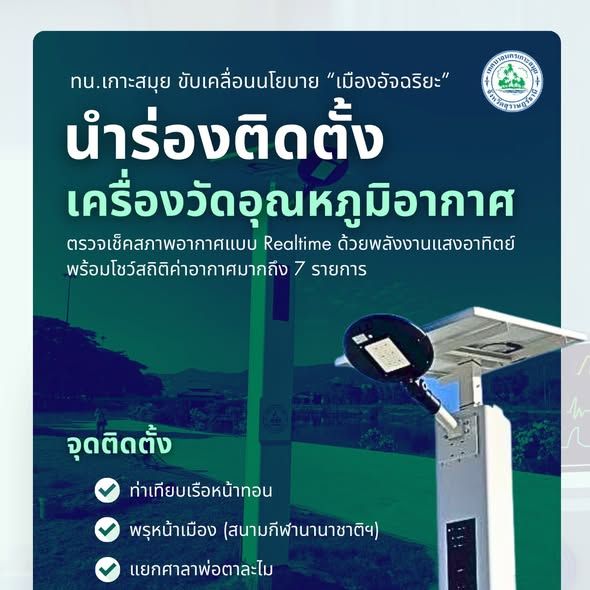Exciting news for food lovers: SAN & SAN Plus standards are transforming restaurant hygiene, promising cleaner kitchens and safer dining experiences. These innovative guidelines are setting a new benchmark for food safety, ensuring every meal meets the highest quality and cleanliness standards.
FoodSafety #RestaurantHygiene #CulinaryInnovation #HealthyEating #FoodQuality #SafeDining #CulinaryStandards #FoodIndustry #Gastronomy #FoodTech
The global focus on hygiene and public health has led to the ongoing evolution of food sanitation standards. Recognizing the importance of adapting to new health landscapes, the Office of Food and Water Sanitation has introduced updated protocols to ensure food safety and quality. These standards, now branded as “Clean, Safe, and Standardized” (SAN & SAN Plus), address the needs of both consumers and businesses in the context of the new normal.
The Evolution of Food Sanitation Standards
Food hygiene has always been a cornerstone of public health, but the recent challenges posed by global health crises have underscored the need for even more rigorous practices. With changing consumer expectations and heightened awareness, sanitation authorities have worked to modernize guidelines that impact food service establishments, food handlers, and consumers alike.
The new SAN & SAN Plus standards deliver more comprehensive requirements for cleanliness, safety, and service quality, reflecting both local needs and international best practices.
Key Features of the SAN & SAN Plus Standards
Cleanliness
- Environmental Hygiene: Establishments must maintain spotless dining, kitchen, and storage areas. Regular deep-cleaning routines are compulsory.
- Personal Hygiene: Food handlers are required to follow strict personal hygiene measures, including frequent hand washing, use of gloves, and proper attire.
- Utensil and Equipment Care: All kitchenware and utensils must be sanitized after each use to prevent cross-contamination.
Safety
- Ingredient Control: The sourcing, storage, and handling of raw ingredients are tightly monitored to avoid physical, chemical, or biological hazards.
- Food Preparation Procedures: Cooking and storage temperatures are regulated to inhibit bacterial growth and ensure all food is safe for consumption.
- Waste Management: Establishments must have efficient systems for waste disposal to eliminate pests and maintain a clean environment.
Standardization
- Consistent Implementation: All establishments displaying SAN & SAN Plus symbols have undergone the same rigorous inspection and certification processes.
- Continuous Improvement: Regular audits and updates are integral to ensure ongoing compliance with the latest scientific findings and health advisories.
- Training and Education: Staff members receive ongoing training to stay updated on best practices and emerging risks.
Upgraded Image and Branding
The SAN & SAN Plus branding has been refreshed to increase visibility and recognition. The new symbols serve as clear indicators for both locals and international visitors, reassuring them of an establishment’s commitment to hygiene and safety. This rebranding also helps unify messaging across multiple platforms, making it easier for consumers to identify certified businesses.
Raising Public Awareness and Confidence
One of the primary objectives behind the upgraded standards is to drive public and business awareness about food hygiene. Through public relations campaigns, social media, and direct outreach, the Office of Food and Water Sanitation encourages both consumers and operators to understand the importance of selecting and maintaining certified establishments.
For consumers, the presence of SAN & SAN Plus symbols adds an extra layer of confidence when dining out or purchasing food products. For business owners, achieving certification can offer a competitive edge and foster trust among their clientele.
Collaboration Across Sectors
The successful implementation of these updated standards involves coordinated efforts between government agencies, local municipalities such as Koh Samui Municipality, the Department of Health, and the Office of Food and Water Sanitation. These organizations work together to provide resources, conduct inspections, and enforce compliance, ensuring the highest level of food safety for everyone.
A Symbol for the Future
As lifestyles and health perspectives shift, the evolution of food sanitation standards under the SAN & SAN Plus program marks a significant step forward. The visible symbols of certification not only reflect an establishment’s adherence to modern hygiene protocols but also contribute to a culture of health, safety, and trust in the food service industry.
Frequently Asked Questions
FAQ: SAN & SAN Plus Food Sanitation Standards
What are SAN & SAN Plus food sanitation standards and why are they important?
The SAN & SAN Plus standards are upgraded food hygiene and safety protocols designed for the new normal lifestyle. Developed by the Office of Food and Water Sanitation, these standards focus on rigorous cleanliness, stringent safety measures, and consistent standardization across all certified food establishments. Their importance lies in protecting public health, raising food quality, and increasing consumer confidence by ensuring every meal meets high standards for hygiene and safety.
How do SAN & SAN Plus standards improve restaurant hygiene and food safety?
SAN & SAN Plus set a new benchmark for restaurant hygiene by requiring spotless environments, strict personal hygiene for staff, thorough sanitization of utensils, careful ingredient control, safe food preparation, and efficient waste management. Certified establishments must pass inspections, undergo regular audits, and provide ongoing staff training, ensuring continuous improvement and compliance with the latest health advisories.
What benefits do SAN & SAN Plus certifications offer to consumers and businesses?
For consumers, the SAN & SAN Plus symbols provide visible assurance of an establishment’s commitment to food safety, making it easier to identify places that prioritize hygiene and health. For businesses, certification offers a competitive advantage, enhances their reputation, and helps build trust with customers. The certification process also involves collaboration with local authorities and ongoing education, fostering a culture of safety and continuous improvement in the food industry.




